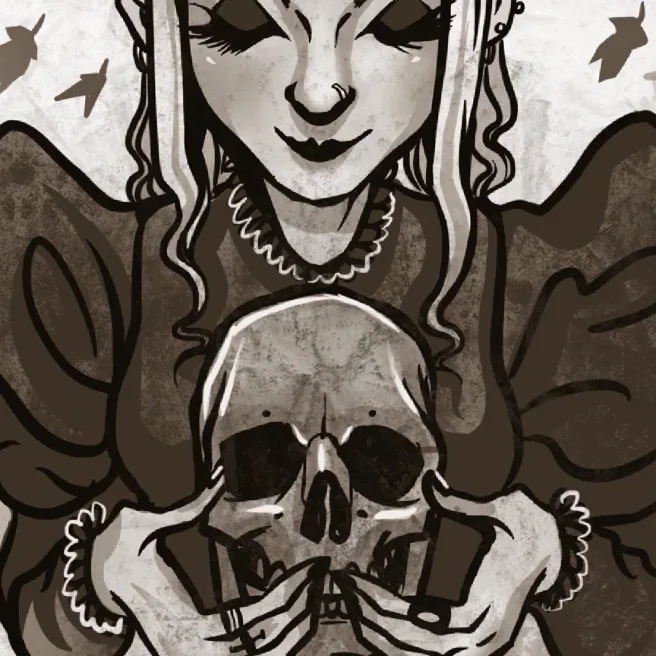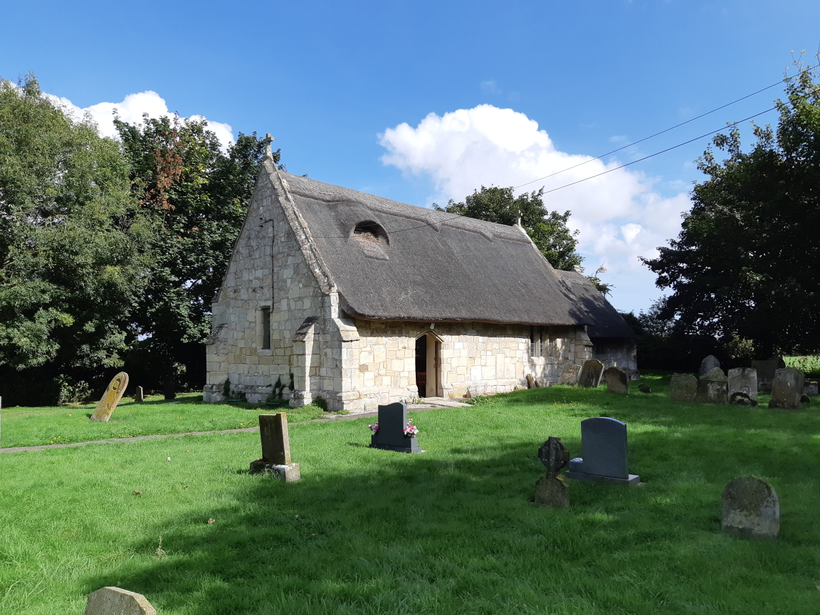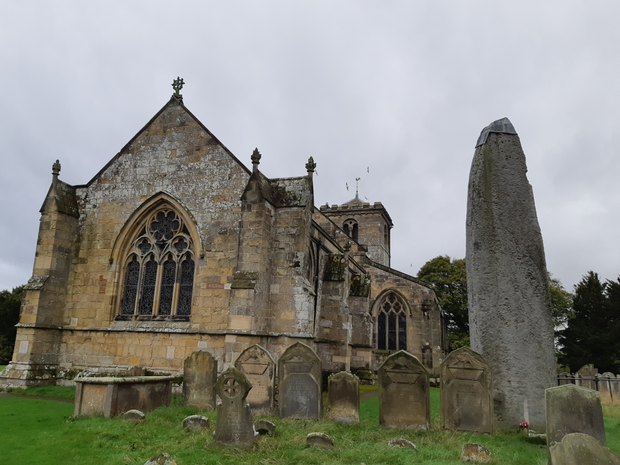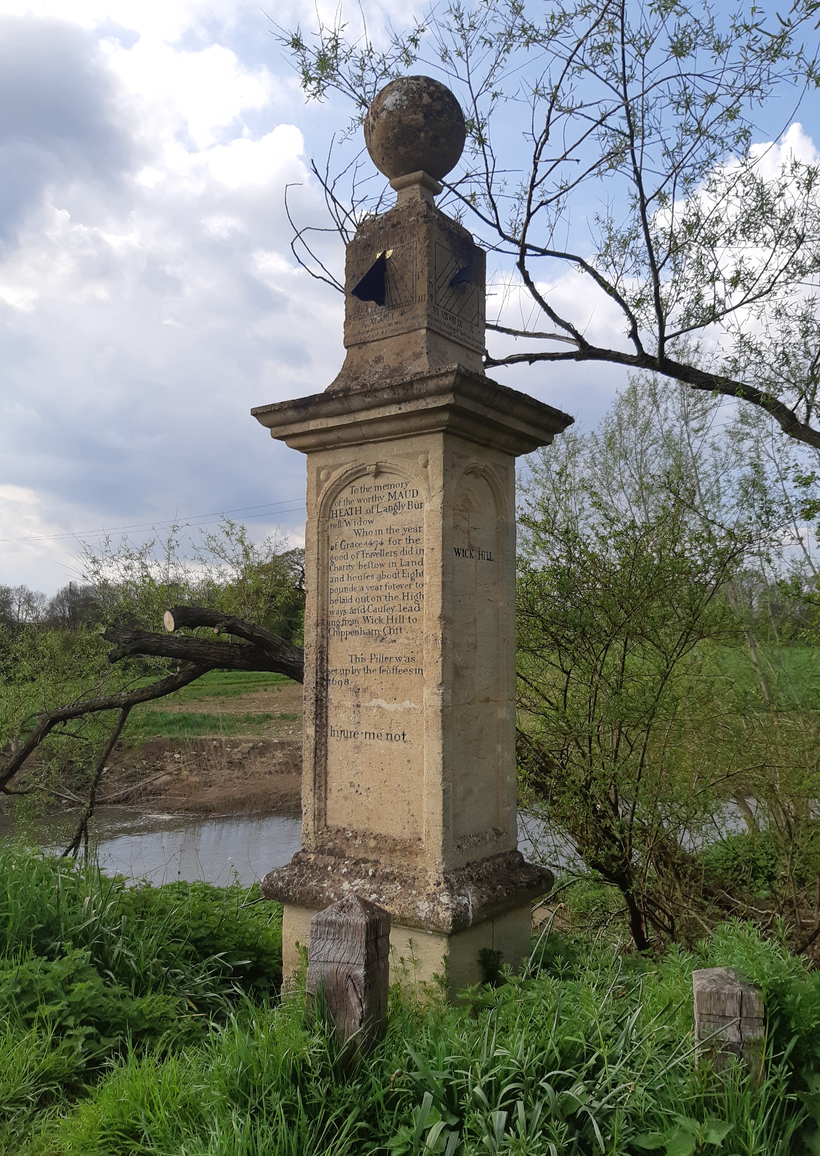In Japan’s Kyoto prefecture, five serene temples which harbour bloody secrets within their walls can be found.
The ceilings of Yogen-in, Genkoan, Shoden-ji, Hosen-in and Myoshinji temple are all (supposedly) stained with centuries-old blood, shed during one of the most brutal samurai conflicts in history. The ceilings are constructed from the repurposed floorboards of Fushimi Momoyama Castle, a 16th century fortress where Torii Mototada, a Japanese feudal lord, samurai and general, and his remaining 380 warriors held off an army of 40,000 for 11 long days. As the enemy could be held off no longer, all 380 samurai took their own lives, committing seppuku (ritualistic suicide for the samurai classes). The blood from their final act flowed down their bodies and into the boards, capturing their final moments forever.


In 1598, feudal lord Toyotomi Hideyoshi died after a brutal 16-year reign. Before he died, he ensured that his family would remain in power and ensured that the remaining powerful regional leaders each swore allegiance to his 5-year-old son, Hideyori. This did little to appease the other lords, where disquiet was already rising.
A rivalry was growing between two of the largest clans, one led by the most powerful warlord in Japan, Tokugawa Ieyasu, the other led by Ishida Mitsunari. Ieyasu would go on to found the last feudal government in Japan, the Tokugawa Shogunate. Ieyasu was based closer to the young Hideyori, and so was able to influence the child and move closer to absolute power. Understandably, Mitsunari was wary of Ieyasu, and feared that the power-hungry lord was driving towards conquering the country. In an attempt to halt the brutally ambitious Ieyasu, Mitsunari attempted to whip up rebellions across the Tohoku region with moderate success.


Ieyasu jumped into action to quash the rebellion and sent 1800 men to create a stronghold at Fushimi Castle. They were to stand their ground and defend their position at any cost. They could never surrender.
In response, Mitsunari assembled an enormous army of 40,000 and marched them to Fushimi castle, demanding that the occupants surrender. Ieyasu’s troops, led by Torii Mototada, refused, and fighting raged for a fortnight, that was, until fires were set.
The fire could not be extinguished and the 380 remaining samurai were trapped, with decisions to be made.


According to reports, the captain of Mitsunari’s riflemen, Saiga Magoichi, managed to enter the fort and soon came face to face with the exhausted troops. There was no further skirmish, but Mototada instructed Magoichi to decapitate him, and take his head as his prize. Magoichi needed little prompting and did so in front of the defeated leader’s men.
Rather than admit defeat and be captured by the attacking army, the remaining 380 troops each committed seppuku, loyally following their leader into death.
As the central keep had survived the blaze, over time, the timbers of the fort’s hallway were repurposed into other buildings and eventually found their way into the ceilings of several temples. While this could be a simple way of reusing solid materials in other building projects, the argument has been made that these boards in particular were deliberately chosen for re-use. As such, their sacrifice could be honoured and their spirits may find peace.[1] The marks, now called ‘chitenjo’, faded into the surroundings for the following four centuries. According to Japan Times, many of the marks at Genkoan temple appear to be ‘little more than water stains’,[2] but other footprints and handprints can be clearly seen, as though the blood stains were merely a few days old.


But what do detractors say? Well, some argue that the boards were too thick to be repurposed for roofing, and trimming such large timbers down was not feasible at this period in time. Another belief is that the natural oils in skin can stain untreated wood, and moreso if an unsuspecting passer by simply stepped in something and walked across the boards…[3]
Urban legend or tangible testament to a bloody period of Japan’s history? Either way, the blood-stained temple ceilings will undoubtedly capture morbid imaginations for centuries to come.
***

Liked this post? Then why not join the Patreon clubhouse? From as little as £1 a month, you’ll get access to tonnes of exclusive content and a huge archive of articles, videos and podcasts!
Pop on over, support my work, have a chat and let me show you my skulls…
www.patreon.com/burialsandbeyond

Liked this and want to buy me a coffee? To tip me £3 and help me out with hosting, click the link below!
https://ko-fi.com/burialsandbeyond
***
Further Reading, Sources and References:
https://travel.gaijinpot.com/hosen-in-temple/
https://www.japan-experience.com/all-about-japan/kyoto/temples-shrines/bloody-ceilings
https://www.amusingplanet.com/2018/05/the-blood-stained-ceilings-of-kyotos.html





Leave a comment